Description
Allium flowers are absolutely stunning and unique, often making them a favorite in both gardens and floral arrangements. Here’s a deeper dive into the beauty and varieties of Allium flowers:
Characteristics of Allium Flowers:
-
Shape: Allium flowers typically form in globe-like clusters, with small, star-shaped florets arranged around a central point. This gives them a round, almost pom-pom-like appearance.
-
Colors: The flowers come in a variety of colors, including shades of purple, pink, white, and even yellow. Purple is particularly common, especially in ornamental species.
-
Size: Some Allium flowers are quite large, with the heads reaching up to 6 inches (15 cm) in diameter or more, like in the case of Allium giganteum.
-
Height: They can range from small, delicate blooms only a few inches tall, like Allium moly, to towering flowers that can grow up to 4 feet (1.2 meters) tall, like Allium giganteum.
Popular Species of Allium Flowers:
-
Allium giganteum:
-
Known for its tall stems and large, globe-shaped clusters of purple flowers.
-
This species is often seen in formal gardens or as an ornamental flower in the landscape.
-
It’s great for adding vertical interest and is very striking when planted in groups.
-
-
Allium cristophii (Star of Persia):
-
A slightly smaller variety with a star-shaped, silvery-lavender bloom.
-
The flowers are often held in a loose, globe-shaped cluster.
-
It’s an excellent choice for a garden with a more Mediterranean or rustic vibe.
-
-
Allium schoenoprasum (Chives):
-
This variety has smaller, delicate flowers and is commonly used as a culinary herb.
-
The flowers are typically purple and grow in clusters atop slender stems.
-
Not just beautiful, but also practical — the flowers are edible!
-
-
Allium moly (Golden Garlic):
-
A species with smaller, yellow-gold flowers, giving it a more subtle and cheerful appearance.
-
It’s a lovely addition to flower beds or naturalized areas.
-
-
Allium aflatunense:
-
Known for its large, vibrant purple flowers that can measure 4–5 inches in diameter.
-
A great choice for adding bold color to a garden.
-
Growing and Care Tips for Allium Flowers:
-
Planting: Allium species generally grow from bulbs, planted in the fall before the first frost. They like well-drained soil and full sunlight.
-
Soil: They prefer soil that is not too rich in organic matter, as they thrive in slightly drier, leaner soil.
-
Watering: Once established, Allium plants are fairly drought-tolerant, so they don’t need excessive watering. However, they should be watered regularly when they are actively growing.
-
Blooming Season: Most Allium species bloom in late spring to early summer, which makes them great for filling the gap in your garden between early spring bulbs (like tulips) and summer blooms.
Uses in Gardens and Floral Arrangements:
-
Garden Design: Allium flowers add structure and drama to gardens, especially when planted in clusters or as a centerpiece. Their height and unique shape make them stand out among other flowers.
-
Cut Flowers: These flowers are also popular in floral arrangements. Their globe shape and long stems make them an elegant choice for vases and bouquets. They’re long-lasting in cut arrangements, too!
Attracting Pollinators:
-
The flowers of Allium species attract bees, butterflies, and other pollinators, which makes them great for biodiversity in your garden. The aromatic scent they emit is especially appealing to insects.
Do you have a particular Allium flower you’re thinking of growing, or are you just enjoying their aesthetic for now?
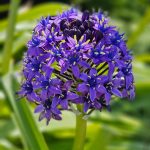
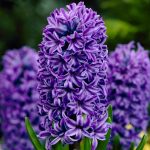


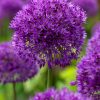

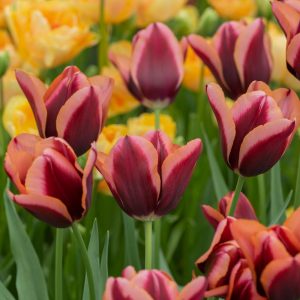

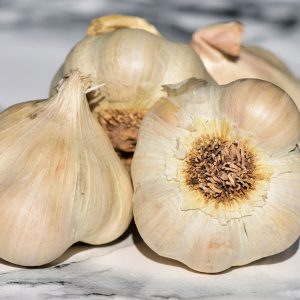
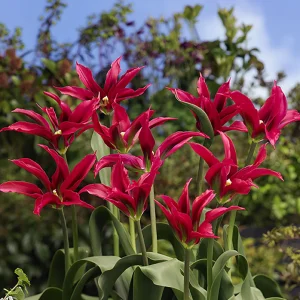
Reviews
There are no reviews yet.